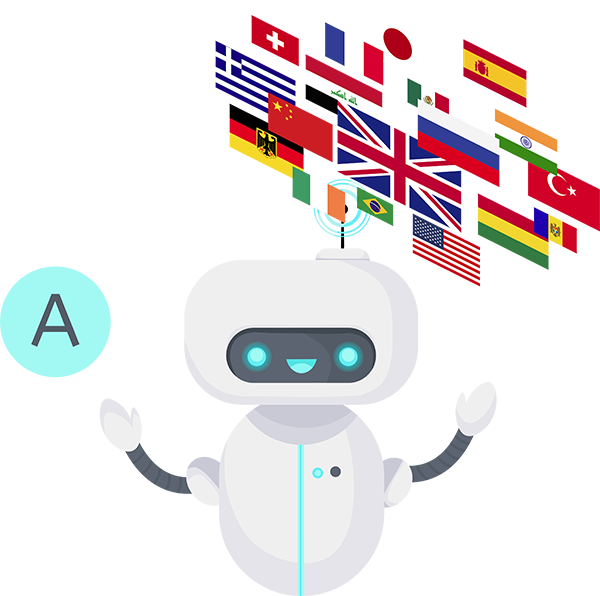Machine translation (MT), I know what you are thinking when you hear that phrase. Machine translations translate words not language. While that may be true, machine translation is making leaps and bounds over the last few decades. People are using machine translation at astounding rates, as we become a globally connected society.
The Past & Pitfalls
While machine translating testing and research began in the 1950’s, it made its appearance online in the late 90’s. I can remember using it in a university French class, only to be left with some pretty grammar-lacking sentences. Throughout the 1970’s, companies started to use machine translations for individual purposes and technical manuals, and since then the industry has continued to boom.
The biggest problem with machine translation is that is starts with simple word, often missing the context of a phrase. Words often have more than one meaning, additionally, casual-speech and jargon do not always translate smoothly into other languages.
Newer Trends
However, a lot of headway is being made since the original MT engines graced the translation world. Ongoing research has brought forth a number of machine translation approaches such as rule-based, statistical, phrase-based, etc. and hybrids of these. Neural machine translation (NMT), a new approach, is changing the face of machine translation. The blog article, Machine translation is improving, but can it replace humans? describes:
“NMT is comprised of artificial neural networks that are modeled on the neural pathways in the human brain. Much like how a human brain deciphers language, the new GNMT system analyzes the meaning of each word in a sentence by considering all of the words that came before it. Whereas, PBMT would analyze every word or phrase independently of the other words in the sentence, GNMT is able to evaluate the meaning of the entire sentence by the time it reaches the last word. The result is a much clearer translation than those obtained from PBMT.”
Machine Translation for Life Sciences
While you may think that MT has no place translating technical and sensitive life science information, you might be surprised. By harnessing the power of machine translations along with a terminology management system (TMS) and glossaries, you can assure correct translation of terms and definitions. This can allow you to have consistency in translations throughout multiple documents. When a translator is able to leverage these systems together it saves you, the consumer, time and money. While a translator still needs to fill a vital role, the advances in machine translation continue to give linguists better tools.
As the trends continue to change and grow with machine translation, and it is vital that companies keep ahead to provide the best and most effective translation services possible. Despite these advancements, it is also necessary for a language service providers to keep its human touch, to ensure that services make the best of both worlds.
